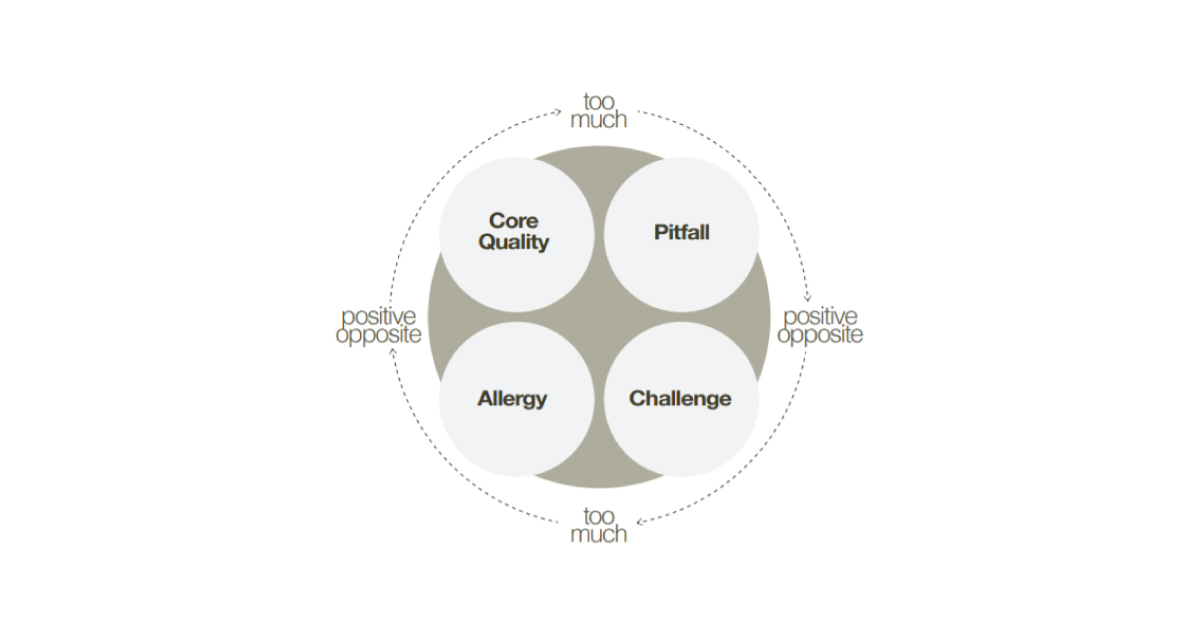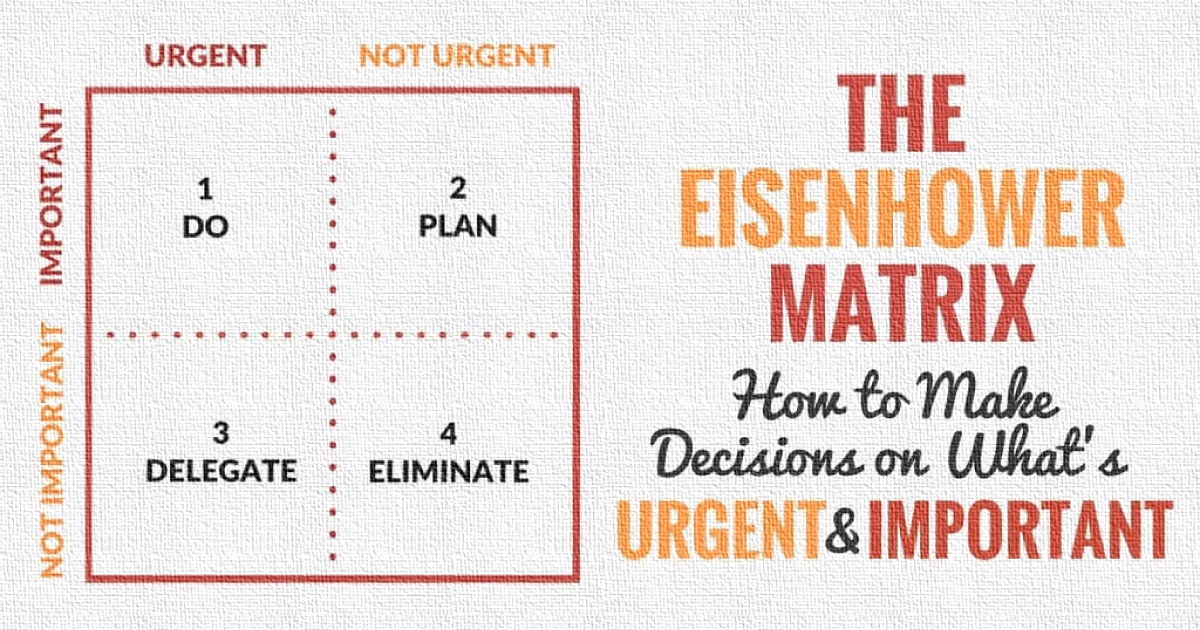Stay hungry, stay foolish
Supporting the learning needs of the team. Creating a learning environment for the team.

Introduction
Utilizing our talents, becoming good at something is one of life´s most powerful drivers. People can devote their whole lives to perfecting a skill, competence, or an attitude, building a great team or an organization. Helping and supporting your colleagues to become better and develop their talents, and therefore grow as a team, not only makes a difference for them to become better at what they do but also helps the overall team atmosphere, cohesion, culture and creates a feeling of belonging.
Why did I choose this tool?
This tool describes the learning environment in my organizations. We want to contribute and support each other to become better at what we do, to grow beyond our individual and group potential and to achieve new stages mastering our competencies and utilizing our talents.
It is one of the best ways to demonstrate interest and care for your team, to show that you generally believe in each other’s abilities and want to contribute to the development of their potential furthermore. It helps to grow closer as a team, to get to know each other better, to be part of each other’s professional and personal development.
Identifying learning needs is the first step in the process. We need to see what the interests of our teammates are, how do they see their own development, where do they see themselves in 5 years from now, what makes them passionate and excited. In most of the corporate world, the learning needs are being identified by the job position and what does the employee needs to know to perform the job well, largely disregarding the personal needs and preferences and more focusing on the job that needs to be done. This has been changing lately as the organizations recognized that in order to retain talented employees, they need to provide tailored learning and development opportunities for them, even with the risk of them leaving the organization soon and taking all that knowledge somewhere else.
Self-assessment is scanning the momentary situation of our skills and competencies. This would be like taking an X-ray of your skills and competencies that you possess at the moment. Some models do not only explore the skills and competencies we possess, but also how often do we use them in our work and what is the importance of the skills in our overall work.

You can choose the way you want to do the self-assessment according to your needs and preferences, as there are many different methods and tools available out there. However, the self-assessment should not focus on the team personality, traits and weaknesses, rather on the learning needs and preferences.
Therefore, I find the following 3 tools suitable for trainers self-assessment:
AppRaiser. The AppRaiser is a self-assessment tool that is created by the International Youth Work Trainers Guild for the benefit of all trainers and youth workers who want to assess their skills. The AppRaiser offers a web-based 360° professional development appraisal service for trainers and other training stakeholders. The competencies assessment process, which is in the core of the platform, was developed based on the ETS competence model for trainers. The platform includes self-assessment, feedback from participants on the workshops, colleagues and organizers, professional development using the 360° review data and peer trainer support system. Each step of this process is accompanied by the guidelines that support users from a technical and quality perspective.
3L Assessment. The 3L(or 3 Levels) assessment tool helps trainers to assess their skills and competencies on 3 different levels of the ETS Competence Model for Trainers – On the competence area, on competence and criteria level. It is a multifaceted tool that includes a variety of stakeholders including teammates, other trainers, participants on workshops, or contractors that will help and develop a full picture of one’s competencies. It also helps to stay focused and keep the big picture in mind.
360 degrees assessment. Although the previous two tools are a sort of adaptation of the 360 degrees assessment framework, I think it is good to briefly observe the framework itself and its basics to understand the process of self-assessment. One of the most used tools in the organizational world (some estimate 90% of the Fortune 500 companies use it) focuses on complete, 360 degrees appraisal and feedback for each employee, on a horizontal and vertical level. Your colleagues in the team, youth supervisor, your subordinates, your clients and outsource companies, basically everyone around you could give feedback on your performance and your competencies. Complete, multi-source feedback and assessment that should be adapted to each industry and profession according to the job specifics.
Team assessment
The team core quadrant is a nice tool (p.1-17) that is adapted for the needs of the trainers’ community and it is according to the ETS Competence Model for trainers. The tool includes two aspects: team-assessment (of the team qualities) and collective analysis of the qualities (attitudes) in a team to make the team stronger. The Core Quadrant Theory has been developed by Daniel Ofman in mid-nineties. In this tool, the trainers’ team is considered an entity with its own qualities (like an additional person). This is important to keep in mind when reading the theoretical explanations and while working with the tool. It makes you aware of team challenges and areas for development and once we understand the differences between the trainers (and possibly other roles on the team), we can more easily take these into account when working together.

The self and team assessment will point out to the learning needs of the whole team and each individual in it and it will be the most important input in creating their learning plan.
What, how and when?
The second step is to envision the desired level of competencies in the future. It involves setting goals, timeline and importance of the competencies in mind. Once the learning needs are identified on a scale of how well does one knows a certain competence, how frequently do they use it and what is the importance of that competence in the work they do, we can proceed with creating a customized learning plan.
In my two decades of creating learning plans, I have gotten to realize one thing – the more complex and detailed the process is, the less likely it will be fulfilled. The simpler and more applicable the process is (as simple as one piece of paper in front of your desk with the goals and learning opportunities), the more realistic and attainable it is.
Goals
One of the biggest challenges is to set clear and comprehensive learning goals. Although it looks like a pretty simple task, it is not as easy. It is not enough to say – I want to improve my ability to manage team processes because that term is too broad. You need to specify, which part, is the ability to observe, recognize and quantify the team processes, or the ability to adjust them according to the environment when the plan is not followed? If it is the adjustment part, is it adjustment of the timeline, the resources, or the people? If it is the people, which ones?
For myself, one of my learning goals is to improve my listening skills, particularly paying attention and not tuning out during long meetings with my team.
Having unclear goals at the beginning might make the whole process blurry and therefore have decreased motivation of the learner, even could make them abandon or postpone the process of learning. Having the goal very concrete can help them track their own learning and therefore be more involved in the process.
My suggestion is to make the goals as simple and as applicable as possible.
Timeline
Naturally, abilities and competencies cannot be developed in a short term. Some skills and competences never end with learning and take a lifetime to master, some are simpler and could take several months. Therefore when setting the learning goals, we have to put them into short, medium and long terms perspectives (If needed).
Short term – be attentive in the meeting. Come well-rested and shorten the meeting, if you notice that you are getting tired. Be active in the meetings and take notes. Don’t have long meetings late in the day, reschedule them for early morning. Don’t have long phone meetings.
Medium-term – Ask for the teammates to discreetly give you feedback when you might tune out. Read and learn about techniques for increasing attention span. Decrease a load of responsibilities to decrease fatigue.
Long term – Find more effective ways of having team meetings. Develop team procedures and practices that will bring the effectiveness of the meetings.
This exercise will not only help you practically develop a learning plan for yourself but also it will identify the root of the problem. It will bring it closer to your attention if it is something that you are doing unconsciously and it will increase your learning commitment.
Importance
The last factor is prioritizing, which of the competencies, skills and behaviors play the most important role in your work or private life. It is great to know all the competencies, but how often would we use them? What would be the return benefit of spending years of learning a competence, but never using it?
For better separation and reflection of the urgency and need, the time management matrix (some call it the Eisenhower matrix) could be of a lot of help.

Learning opportunities
(Steve Jobs talking about the hunger for learning)
New and complex projects. One of the best opportunities to learn for me, in individual or team set up, is to develop new or innovative and challenging, complex projects and activities (or products, services) that will take your team outside of the comfort zone. Metaphorically, they would get shoes one or two sizes bigger and they will fill them up.
Innovative projects, new approaches, improvement of existing processes could be different ways of how your colleagues could develop new competencies and address their learning needs, but also explore new interests and passions. Mechanisms for safety and support should of course be there, as well as allocated time and other resources, so the whole learning process would be a holistic and well-thought trough.
The UAE just launched a rocket to Mars, not because they will be the first ones or they will learn new breaking information about the red planet, but because the preparation for such a mission gives crucial learning and knowledge to the engineering teams, logistics teams, IT team and many other which will be later on implemented in other parts of society.
Coaching and Mentoring are seen as pipelines where we create knowledge, develop talent and leaders in our organization. However, everyone has different learning needs and different paths of learning. Some people want to learn a skill and some want to learn a behavior. Supporting each other in the learning, being each other’s mentors would not only increase the team cohesion but will also provide you continuity and proper guidance. According to research[i], nearly one-third of all employees leave their organization because of a lack of development opportunities.
Some organizations have coaches and mentors within the organization, some have them outside the organization informally or professionally. Although there are hundreds of different techniques for coaching and mentoring, the goal remains the same – provide them guidance and direction and ask the right questions that will trigger discussions.
Observation and feedback.
Trial and error remain as one of the best learning tools in an organization or team. Try and fail, correct, and try again. Until you succeed. Therefore, a safe environment for giving feedback should be created. Not only for the person that is asking the feedback (in my case myself – which is not so easy to admit that sometimes I tune out during long meetings with my team) but also for the person that is observing and giving the feedback (there should be no fear of hierarchical or other consequence). If the whole team has a learning path, then learning observation becomes part of the organizational/team culture and therefore will be approached with more care, dedication and commitment.
Making space and allocating resources within the team. The practical allocation of resources within the team is also of very high importance. Planning time during the year to go on training and conferences, budget for buying new software or literature, creation or taking part in expert networks and associations, having annual retreats for assessment or learning. All of these activities require careful time planning, finances, support and networks that should be planned in every team and should be taken seriously not only in the planning but also in the budgeting and prioritizing.
How does this apply to be a trainer?
Learning teams and organizations as a system have many benefits. It increases the competence not only individually, but also of the whole team. The increased quality and performance of the whole team will undoubtedly increase the results or the output of the work as a team.
Additionally, the learning environment that will be created in the team/organization will create a much better working environment that will be based on interdependence and coherence of the team, which will improve the working and personal relationships of the team members and will result in better job satisfaction.
Reflection questions
Are you aware of the learning needs of your teammates? What are they?
Are you aware of your own learning needs? Does your team know them?
How would you like to support the learning of your teammates?
How would you like to be supported yourself in your learning?
What kind of resources would you allocate for the support of the learning?
What kind of supporting tools can you use to support each other as a team in your individual or team learning activities?
Exercises
Identify your learning needs and share them with your team. Ask your team to share their learning needs with you as well.
Create a learning path for yourself and share it with your team. See if you can create synergies or common projects that will address your needs as a team. Incorporate those in the team plans.
Talk about the different kinds of resources that you would like to allocate for learning and development. Incorporate those in the team plans.
Create a plan on ways/tools that you want to use as a team:
- Mentors and coaches
- Book clubs
- Buddy systems
- Networking areas
- Conferences to visit
- Focus groups




